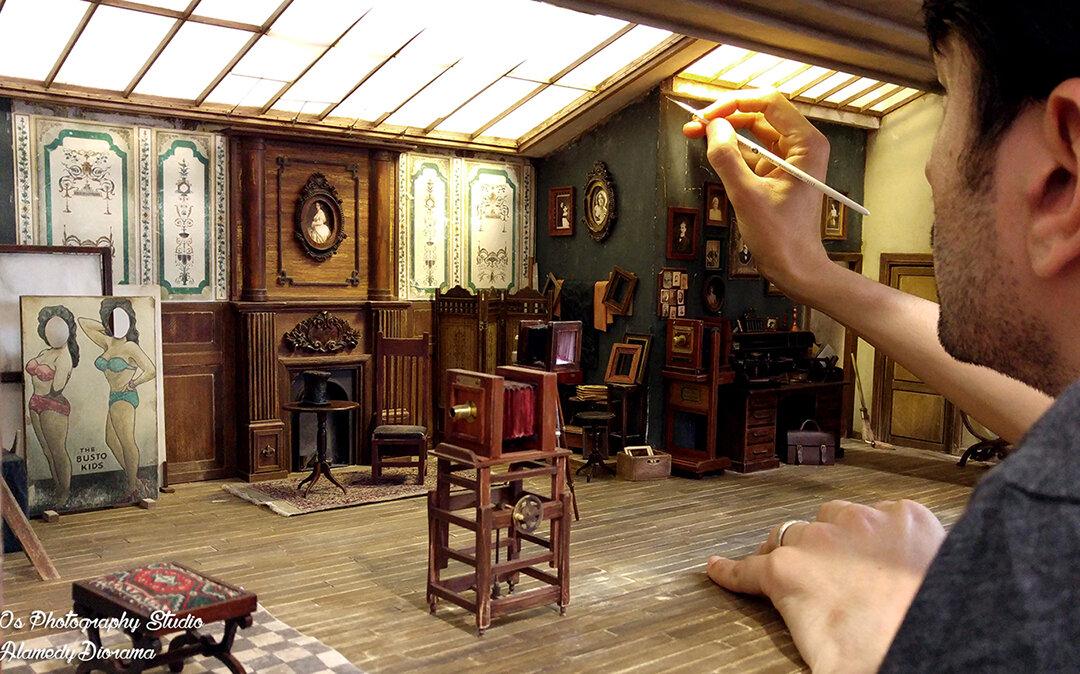The strangest of all musical instruments, fictophones are those that actually don’t really exist. Or, they exist, but only in the world of the imagination.
People in the past searched for the limits of the impossible, as well as the most fascinating, and came up with curious objects that never got realized.
1. Cat Piano

The illustration of the cat piano from La Nature, 1883. Public Domain





